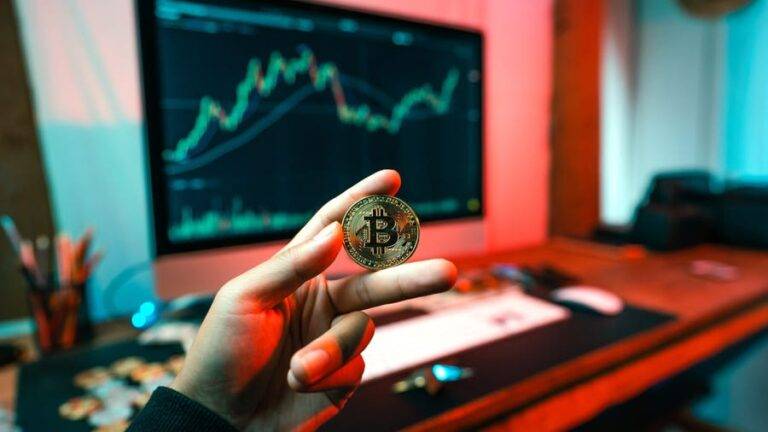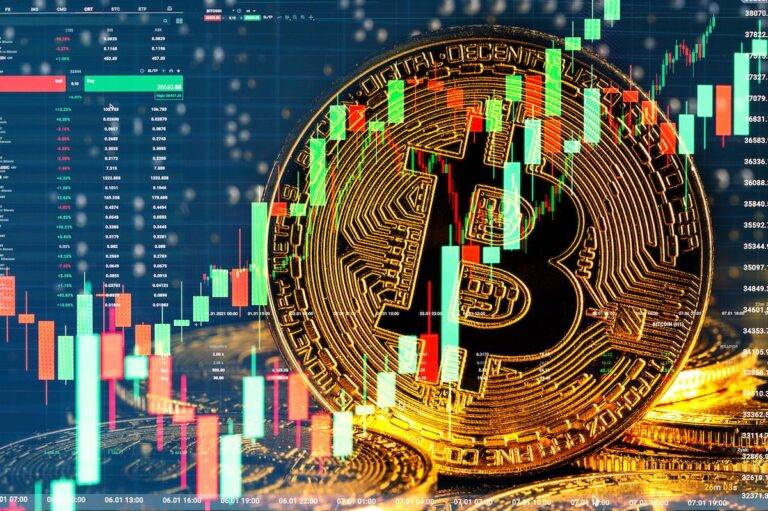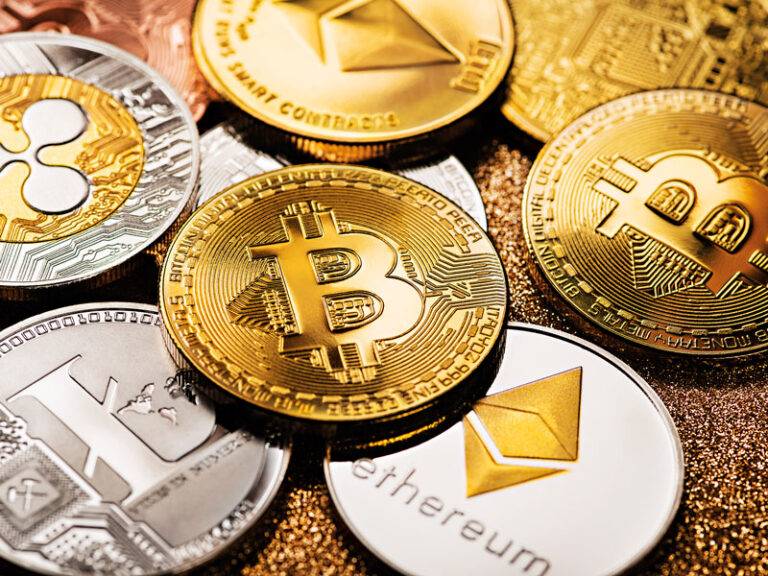Table of Contents
Gaming has always been about more than just fun; it’s a passion, a community, and for some, a lucrative endeavor. The rise of Gaming NFTs and play-to-earn models is transforming the landscape, blurring the lines between virtual worlds and real-world assets.expand_more
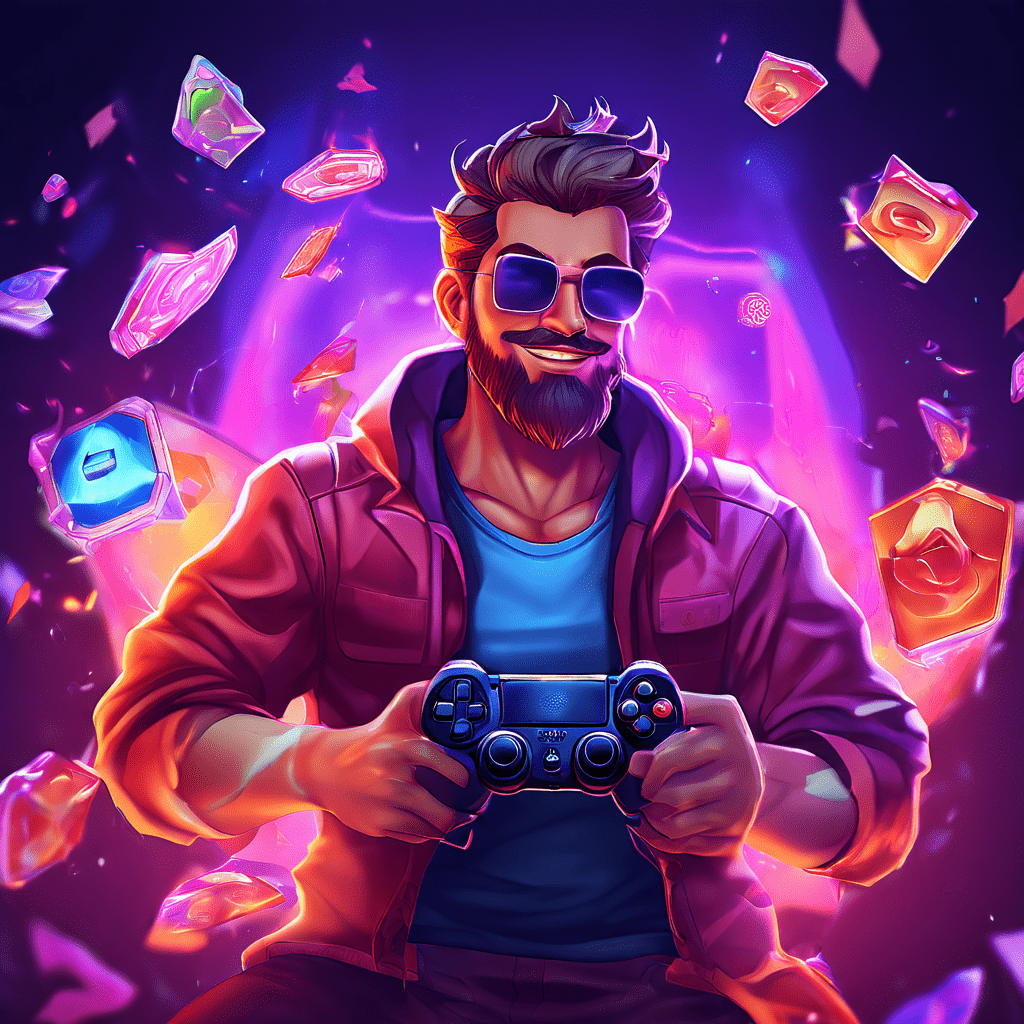
What are Gaming NFTs?
Gaming NFTs, or Non-Fungible Tokens, are a new type of digital asset that’s revolutionizing the way we think about ownership and value in the gaming world.expand_more
What Makes Them Unique?
- Blockchain Verification: Each gaming NFT is verified and tracked on a blockchain, a secure and decentralized digital ledger.expand_more This ensures the NFT’s authenticity, scarcity, and ownership history.expand_more
- True Ownership: Unlike traditional in-game items that are often tied to a specific game or platform, NFTs grant players true ownership.expand_more This means you actually own the digital asset, not just a license to use it within a game.expand_more
- Transferability: You can freely trade, sell, or gift your gaming NFTs on various online marketplaces, giving you control over your digital assets.expand_more
- Cross-Game Utility: Some gaming NFTs can be used across multiple games or platforms, adding a new layer of value and flexibility to these digital assets.expand_more
- Scarcity: Many gaming NFTs are limited in number, creating scarcity and increasing their potential value over time.expand_more
Examples of Gaming NFTs:
- Characters: Unique avatars or playable characters with special abilities or attributes.expand_more
- Skins: Cosmetic items that change the appearance of in-game items or characters.expand_more
- Weapons: Rare or powerful weapons that can give players an advantage in gameplay.expand_more
- Virtual Land: Parcels of digital land within virtual worlds or metaverses.expand_more
- In-Game Items: Other digital assets like accessories, emotes, or power-ups.
The Future of Gaming NFTs
The potential applications of gaming NFTs are vast and continue to evolve.expand_more They are already being used for:
- Play-to-Earn Games: Earning cryptocurrency or other rewards for playing games.expand_more
- Metaverse Experiences: Owning virtual land and creating unique experiences within virtual worlds.expand_more
- Community Building: Creating exclusive communities around shared NFT ownership.expand_more
- Investment Opportunities: Buying and selling NFTs as speculative assets.
The rise of gaming NFTs is blurring the lines between the virtual and real worlds, offering new ways for gamers and investors to interact with digital assets.expand_more While still a relatively new concept, gaming NFTs are poised to have a significant impact on the future of gaming and digital ownership.
Play-to-Earn: The New Gaming Economy
Play-to-earn games represent a fundamental shift in how we perceive gaming. It’s no longer just a leisure activity; it’s a potential career path, a way to earn a living while doing something you love.
How Does Play-to-Earn Work?
- Earning Assets: P2E games reward players with digital assets, primarily cryptocurrencies or NFTs, for their in-game activities. This can include completing quests, winning battles, breeding digital creatures, or even just logging in daily.
- True Ownership: These earned assets are owned by the players, not the game developers. Players have full control over their assets, which can be traded, sold, or used in other ways to generate income.
- Building a Digital Economy: P2E games often have thriving in-game economies where players can buy, sell, and trade assets with each other. This creates a dynamic marketplace where the value of assets can fluctuate based on supply and demand.
- Real-World Value: Many P2E games use cryptocurrencies that have real-world value, meaning players can convert their in-game earnings into traditional currencies like dollars or euros.
Why is Play-to-Earn So Popular?
P2E games have exploded in popularity, particularly in regions with lower average incomes. They offer a way for people to earn a living from home, often earning more than they would in traditional jobs.
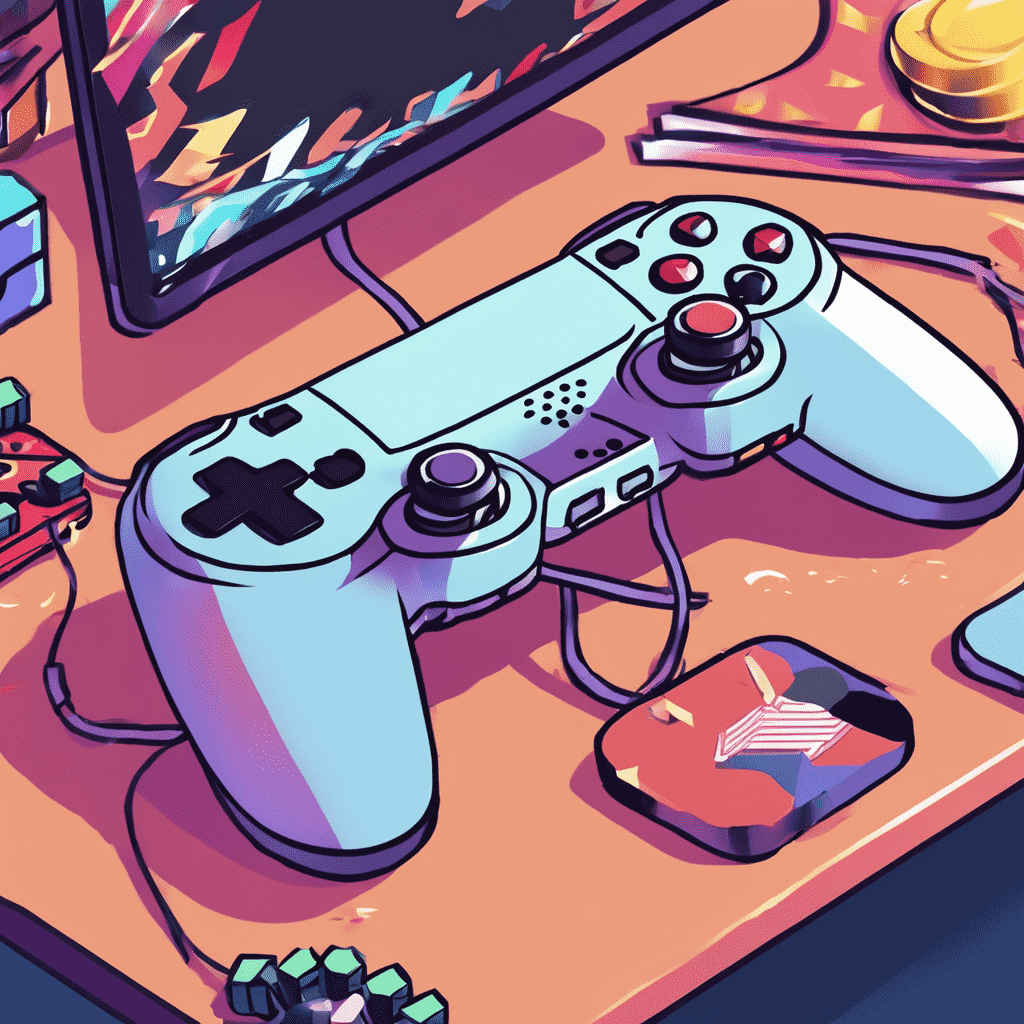
Examples of Successful P2E Games:
- Axie Infinity: A blockchain-based game where players collect and breed digital creatures called Axies. These Axies can be used in battles, and players earn Smooth Love Potion (SLP) tokens for their victories. SLP can be traded for other cryptocurrencies or fiat currency.
- The Sandbox: A virtual world where players can create and monetize their own experiences using NFTs. Players can buy virtual land, create games and experiences, and even earn SAND tokens for their contributions.
- Gods Unchained: A free-to-play trading card game where players earn GODS tokens by winning matches. GODS tokens can be used to purchase card packs or other in-game items, or they can be sold on cryptocurrency exchanges.
The Future of Play-to-Earn
The P2E model is still relatively new, but it has already proven to be a disruptive force in the gaming industry. As more games adopt this model and the metaverse continues to grow, P2E is likely to become an even more significant part of the gaming landscape. This could lead to new opportunities for gamers, developers, and investors alike.
The Investment Angle: More Than Just Fun and Games
The Investment Angle: More Than Just Fun and Games
Gaming NFTs, or non-fungible tokens, are digital assets that represent ownership of unique in-game items, such as characters, skins, weapons, or virtual real estate. While primarily designed for gamers to enhance their gaming experience, NFTs have also caught the eye of investors due to their potential for significant financial gains.
NFTs as Investments: A Growing Trend
Several factors contribute to the increasing interest in gaming NFTs as investments:
- Rarity and Uniqueness: NFTs are unique and cannot be replicated, making them scarce and valuable. Limited edition or rare NFTs can command high prices in the market.
- Proven Track Record of High Returns: Some in-game NFTs have sold for millions of dollars, demonstrating the potential for substantial returns on investment.
- Growing Popularity of NFTs: The NFT market is experiencing rapid growth, with increasing mainstream adoption and media attention, further fueling investor interest.
- Potential for Future Growth: As the gaming industry continues to expand and evolve, the demand for unique and valuable in-game assets is expected to rise, potentially driving the value of gaming NFTs even higher.
Investor Appeal: Beyond Gaming Enthusiasts
The appeal of gaming NFTs extends beyond gaming enthusiasts to include a broader range of investors:
- Individual Investors: Individual investors are drawn to the potential for high returns and the opportunity to participate in the growing NFT market.
- Institutional Investors: Some institutional investors, such as venture capital firms and hedge funds, are beginning to explore the potential of gaming NFTs as an emerging asset class.
- Cryptocurrency Enthusiasts: The use of blockchain technology in NFTs aligns with the interests of cryptocurrency enthusiasts, who see the potential for NFTs to disrupt traditional financial systems.
Challenges and Considerations
While the potential for returns is attractive, investing in gaming NFTs also comes with challenges and considerations:
- Market Volatility: The NFT market is relatively new and can be highly volatile, with prices fluctuating significantly.
- Regulatory Uncertainty: The regulatory landscape for NFTs is still evolving, creating uncertainty for investors.
- Fraud and Scams: As with any emerging market, there is a risk of fraud and scams in the NFT space, requiring investors to exercise caution and due diligence.
The Future of Gaming NFTs
Despite the challenges, the future of gaming NFTs looks promising. As the gaming industry continues to embrace blockchain technology and NFTs, the potential for new and innovative applications of NFTs in gaming is vast. This could lead to further growth in the market and increased opportunities for investors.
The Metaverse: Where Gaming and Investment Converge
The Metaverse as an NFT Marketplace
- Virtual Real Estate Boom: The metaverse allows for the ownership of digital land, which can be used for various purposes like building virtual homes, hosting events, or even setting up virtual businesses. These digital properties are represented as NFTs and can be bought, sold, or rented, creating a new asset class with significant investment potential.
- In-Game Items and Collectibles: Beyond real estate, any unique in-game item in the metaverse can be tokenized as an NFT. This includes characters, skins, weapons, accessories, and other collectibles, creating a thriving economy where players can truly own and trade their digital possessions.
- Unique Experiences and Events: Even virtual experiences within the metaverse, such as attending exclusive concerts, participating in virtual tournaments, or accessing limited-edition content, can be tokenized as NFTs. This opens up a new realm of possibilities for creators and businesses to monetize unique digital experiences.
- Interoperability and Cross-Platform Use: NFTs in the metaverse can be designed to be interoperable, meaning they can be used across different virtual worlds or games within the metaverse. This enhances their value and utility, making them more attractive to investors and users alike.
Benefits for Both Gamers and Investors
- Gamers: For gamers, NFTs in the metaverse offer true ownership and control over their in-game assets. They can collect, trade, and even earn income from their virtual possessions, creating a more immersive and rewarding gaming experience.
- Investors: For investors, the metaverse represents a new frontier for digital asset investment. The potential for growth and innovation in this space is vast, with opportunities to invest in virtual real estate, in-game assets, unique experiences, and even new forms of digital currency.
Challenges and Opportunities
The convergence of the metaverse and NFTs presents both challenges and opportunities. Some of the challenges include:
- Scalability: Ensuring the smooth operation of a large-scale metaverse with millions of users and assets presents technical challenges.
- Governance: Establishing clear rules and regulations for the metaverse, including issues of ownership, property rights, and intellectual property, will be crucial for its long-term success.
- Accessibility: Making the metaverse accessible and inclusive for all, regardless of their technical expertise or financial resources, is essential for its widespread adoption.
Despite these challenges, the opportunities are immense:
- Innovation: The metaverse is a breeding ground for innovation, with the potential to create new forms of entertainment, social interaction, commerce, and even education.
- Economic Growth: The metaverse has the potential to generate significant economic activity, creating new jobs, industries, and investment opportunities.
- Social Impact: The metaverse can foster a more connected and inclusive global community, bringing people together from all walks of life to share experiences and create new worlds.
The Future of Gaming NFTs and Play-to-Earn
The convergence of gaming, NFTs, and the metaverse is still in its early stages, but the potential is enormous. As technology evolves and more people embrace virtual worlds, the value of gaming NFTs and P2E opportunities is likely to continue growing.
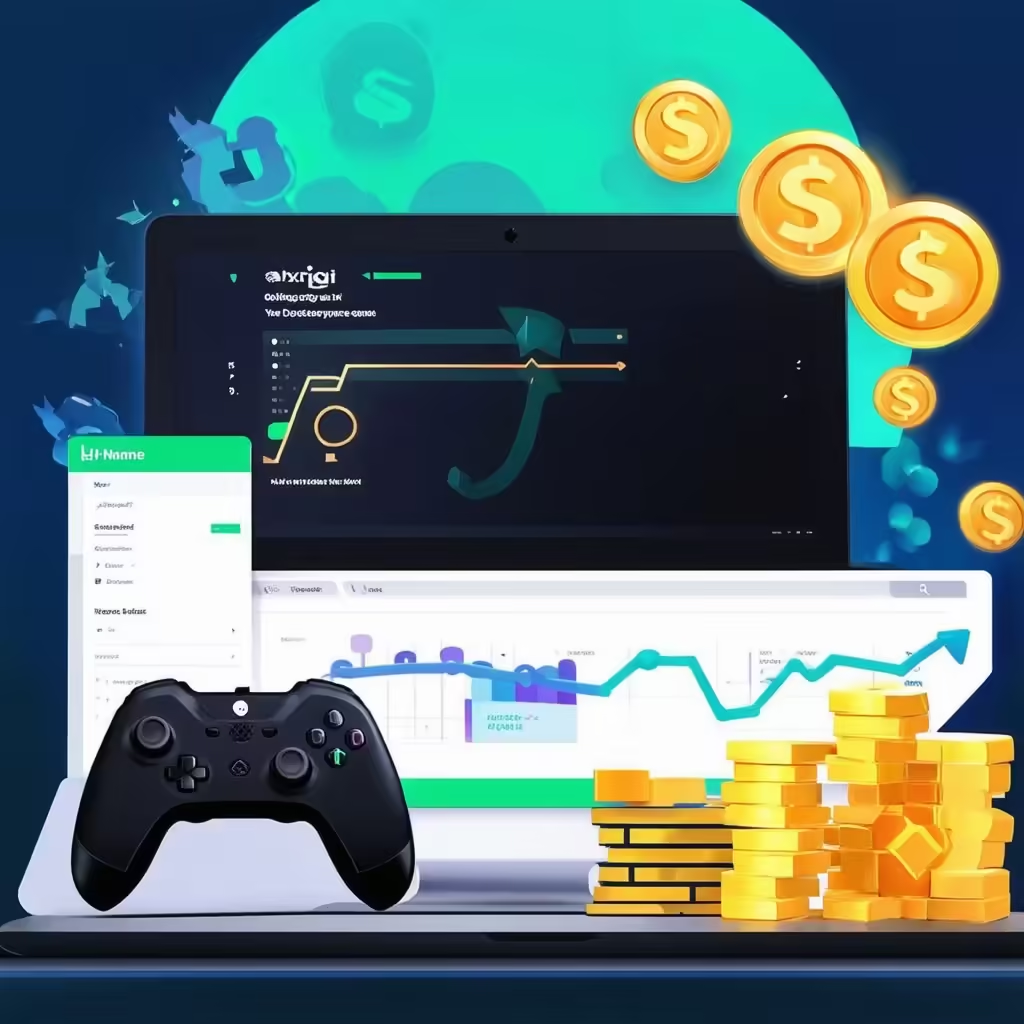
Key Considerations for Investors and Gamers
- Research: Thoroughly investigate any game or NFT project before investing time or money.
- Risk Management: The NFT market can be volatile; invest only what you can afford to lose.expand_more
- Diversification: Don’t put all your eggs in one basket; explore different games and NFT categories.
The Bottom Line
Gaming NFTs and play-to-earn models are transforming the gaming landscape and opening up new avenues for both gamers and investors.expand_more While there are risks involved, the potential rewards are significant. As this exciting new frontier continues to develop, it’s worth keeping an eye on the evolving world of gaming NFTs.

